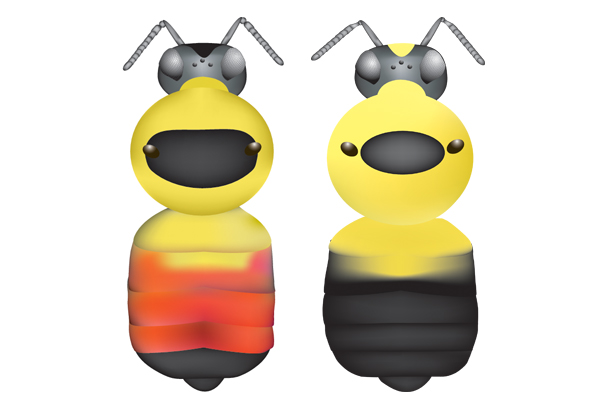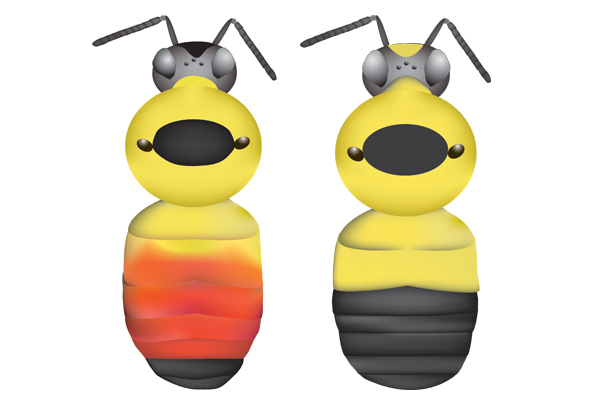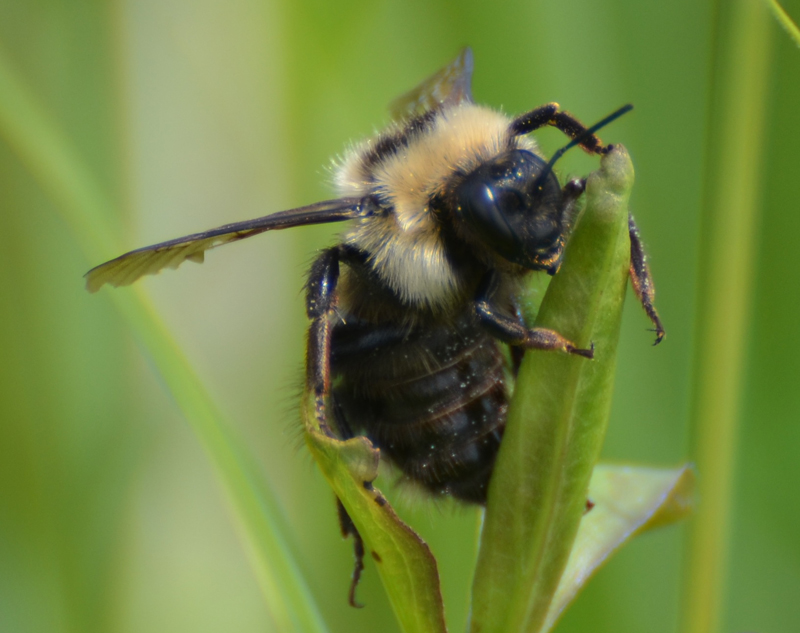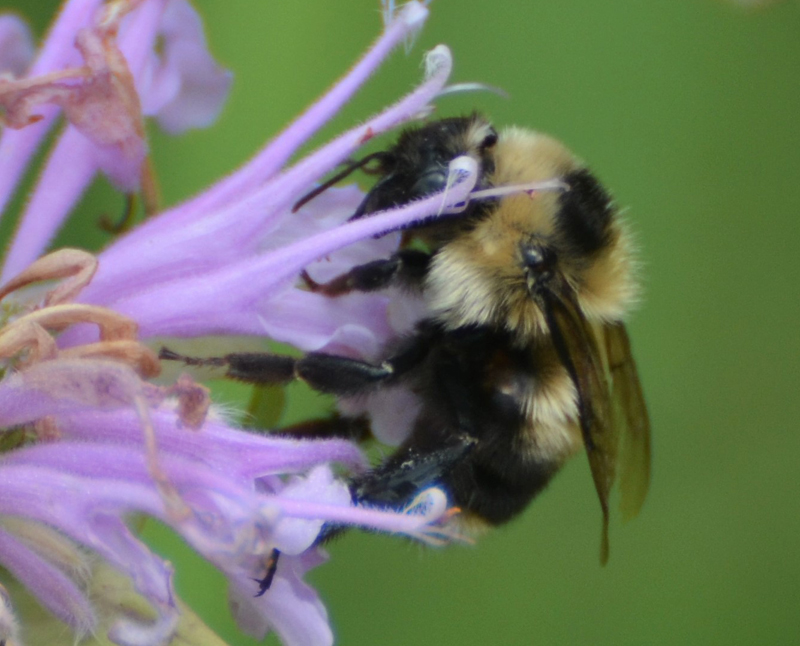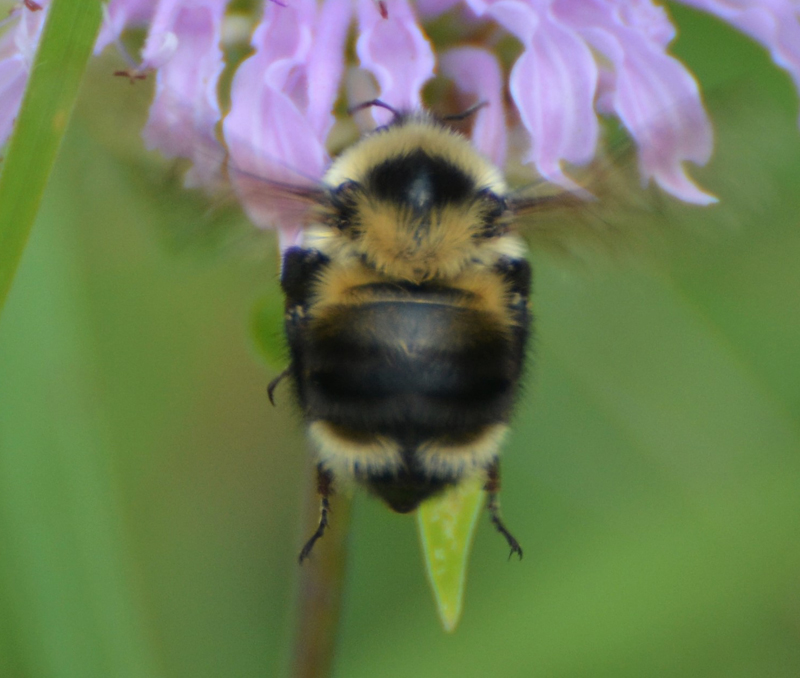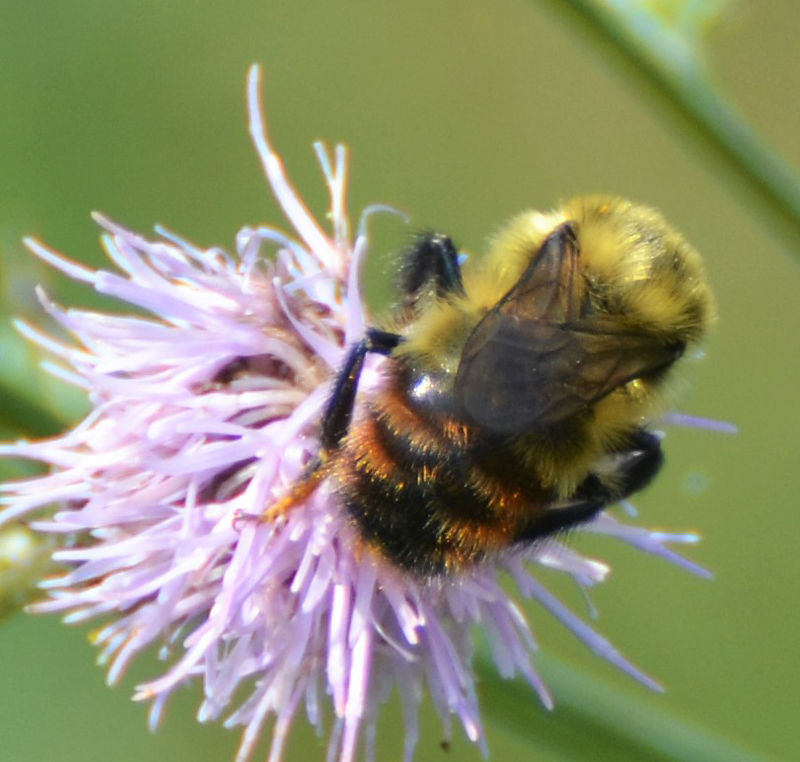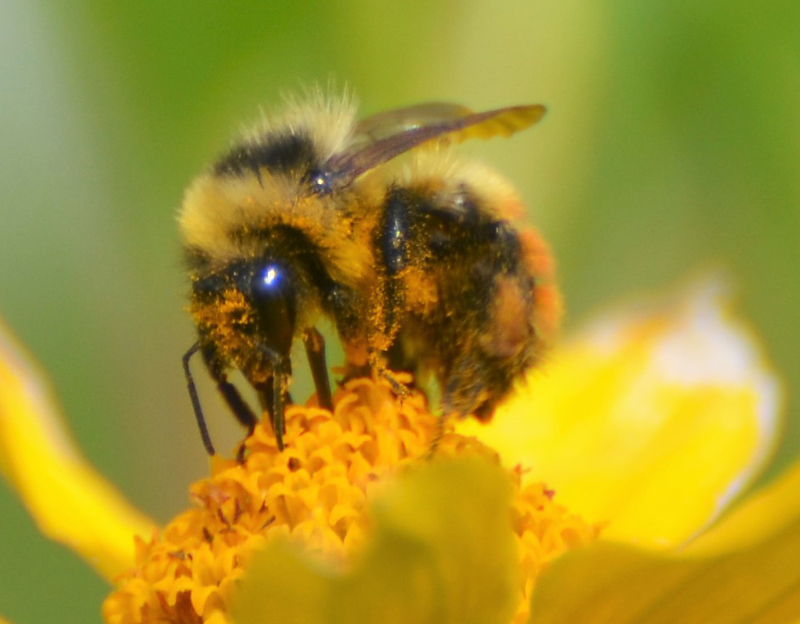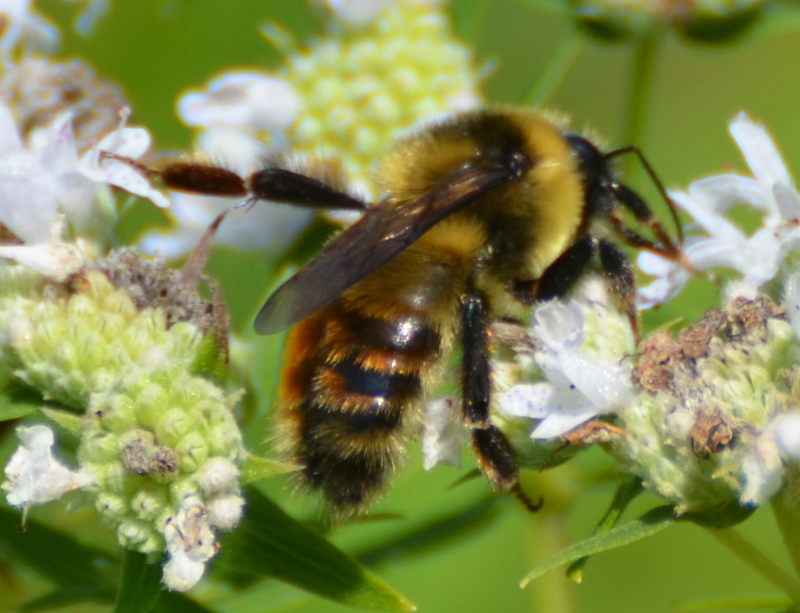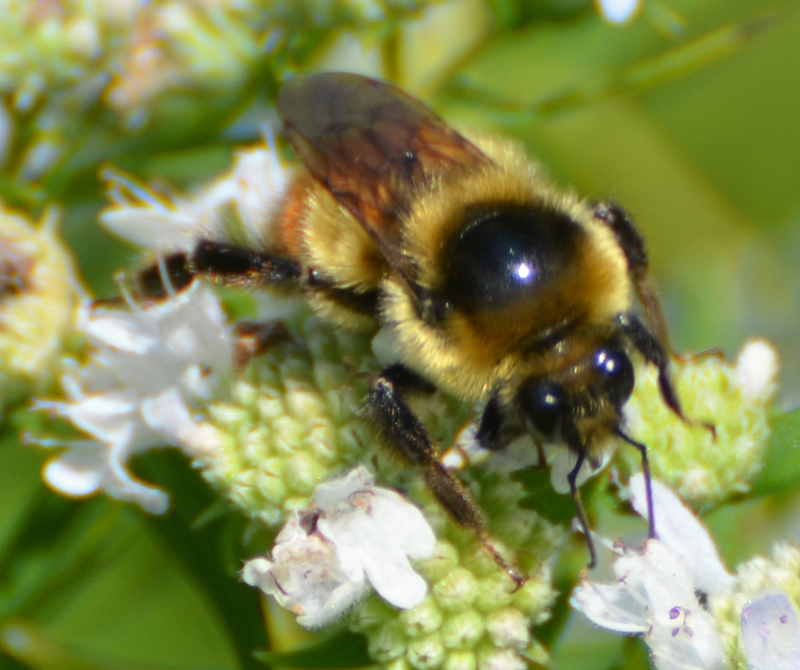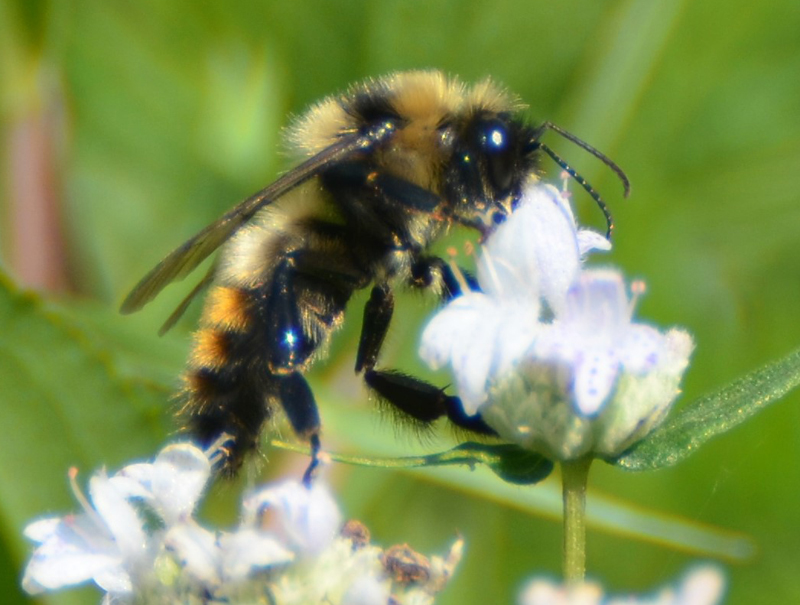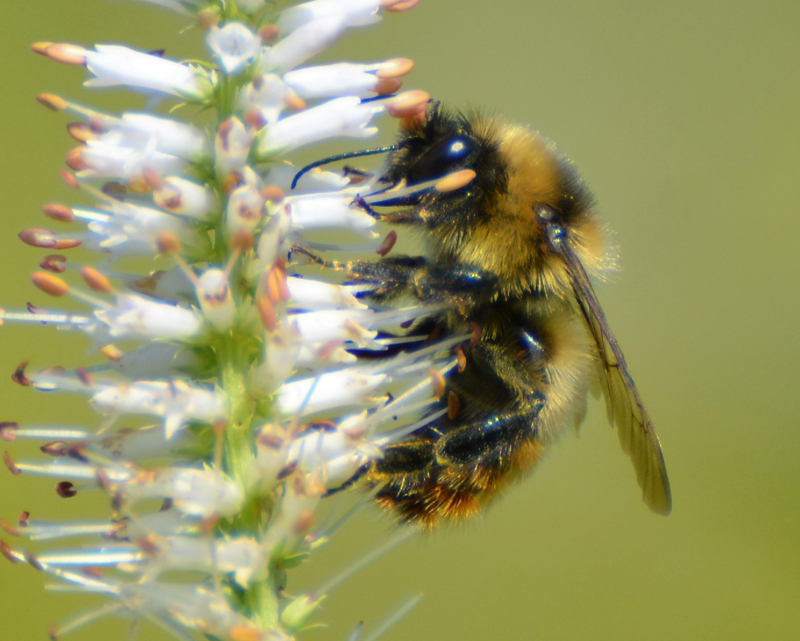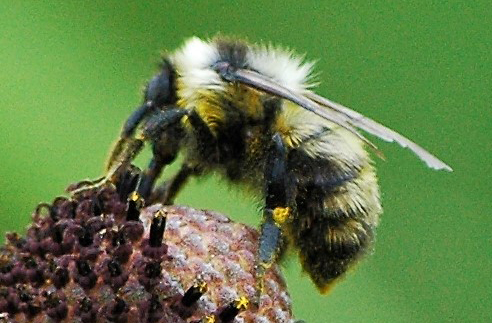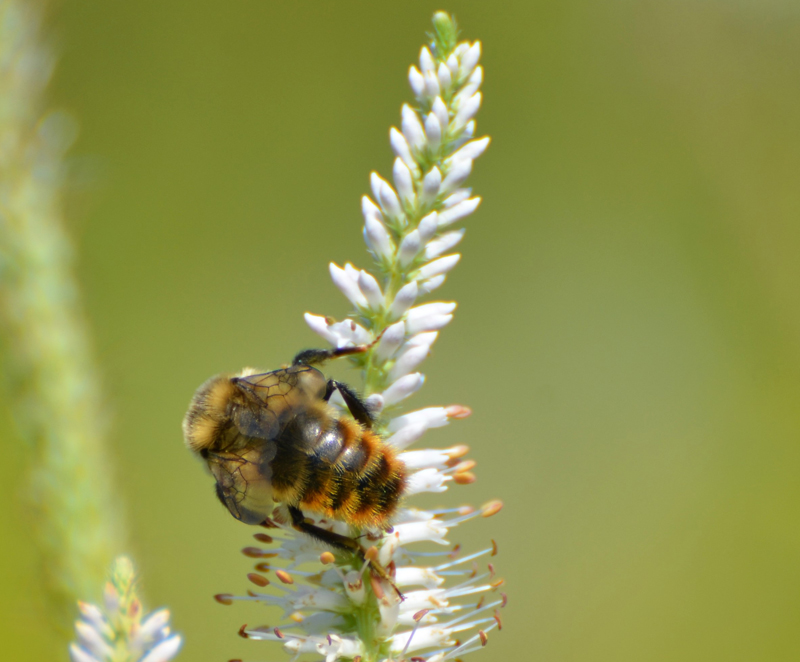
Status-Global/State:
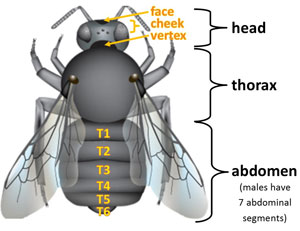
Identification:
- Worker – Face may be black, yellow, or intermixed. Vertex is yellow or intermixed. Thorax yellow with a black spot or band between the wings. Abdominal segment T1 is yellow and T6 is black. Highly variable species with many morphs. Red morph is orange/red on T2-4 with some yellow centrally on the top of T2, and T5 and T6 are black. Dark morph is black on T2-6 with some yellow centrally on the top of T2. Most morphs are either red and/or black on T3, but T2 and T4-T5 can be yellow, red, black, or a combination.
- Queen/gyne – Similar to workers including the variability in color patterns. Queens/gynes are larger than workers and appear earlier in the season.
- Male – Face may be yellow or intermixed. Vertex is yellow. Thorax yellow with a black or intermixed spot or band between the wings. Abdominal segments T1-2 are yellow. Highly variable species with many morphs that can be yellow, black, red, or a combination on segments T3-T7. Red morph is orange/red on T3-5 and T6-7 black. Dark morph is black on T3-T7.
- Other distinguishing features – Small bee with a very round and short face/cheek. Males have large eyes. Hair may look short and even or long and shaggy. Difficult to distinguish males from half-black bumble bee (B. vagans) and Sanderson's bumble bee (B. sandersoni).
Similar Wisconsin Species:
Redbelted bumble bees can be confused with many other species due to their many color variations (Williams et al. 2014).
Description of Habitat/Range:
Known habitats include wooded areas, urban parks, and gardens (Williams et al. 2014). Nests have been found underground and on the ground surface (Colla et al. 2011, Williams et al. 2014).
Nectar Plants
The redbelted bumble bee is a short-tongued species (Williams et al. 2014). Nectar plants include Asters, Cirsium (thistles), Chicorium, Eupatorium (Joe-pye weed), Fragaria, Grindelia, Helianthus (sunflowers), Melilotus (sweet clovers), Solidago (goldenrods), Trifolium (clovers), Vicia (vetches), and Viguiera (Williams et al. 2014, Colla et al. 2011).
Data from verified B3 observations [updated 2/28/2024].
Flight Season:
In Wisconsin, observation records are mostly between May and September. Rangewide, queens start emerging in May and enter diapause by September (Colla et al. 2011).
Literature Cited:
Colla, S., Richardson, L. and Williams, P. (2011) Bumble Bees of the Eastern United States. A product of the USDA Forest Service and the Pollinator Partnership with funding from the National Fish and Wildlife Foundation.
Hatfield, R., Jepsen, S., Thorp, R., Richardson, L. & Colla, S. 2015. Bombus rufocinctus. The IUCN Red List of Threatened Species 2015: e.T21215145A21215305.
Williams, P.H., Thorp, R.W., Richardson, L.L. and Colla, S.R. (2014) The Bumble bees of North America: An Identification guide. Princeton University Press, Princeton.
